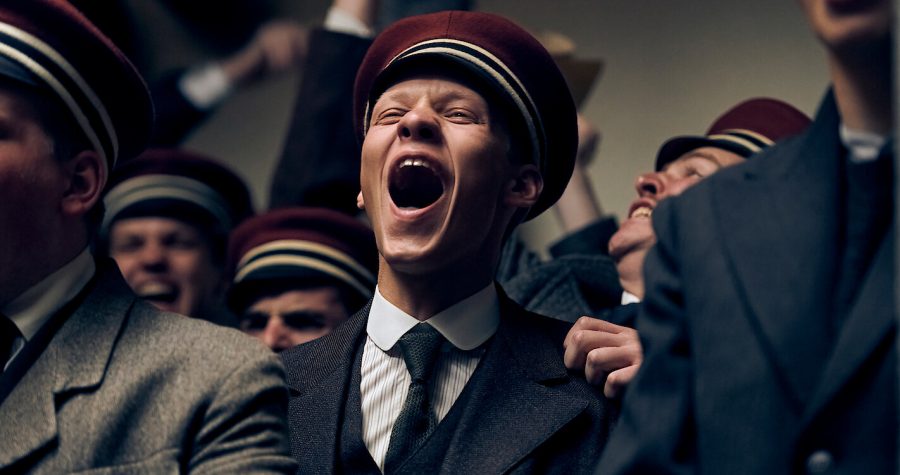“All Quiet on the Western Front” Film Review
February 2, 2023
This past weekend I had the chance to watch the new Netflix exclusive film, All Quiet on the Western Front. The screenplay adaptation of Eric Maria Remarque’s 1928 novel was nothing short of spectacular. If you can’t remember or haven’t read it yet, the story follows Paul Baumer, a 17-year-old German who leaves school to enlist in the German army during World War I. Paul and his friends are initially giddy with excitement to go to war for what they are told will only be a few weeks and to take over France. Paul quickly learns of the horrors of war and the tragedy of losing those close to him, and he becomes numb to the feeling of death while he collects dog tags off of the bodies of his fellow soldiers. I don’t want to spoil the film or book if you haven’t read or seen it either, but it should be no surprise that the plot of the film was as excellent as that of the book. What made the new version so special was its ability to combine the best elements of the book with all of the best modern-day elements of film.
Director Edward Berger wasted no time in showing the human toll of the war. Paul finds himself in battle in the first 10 minutes of the film. If you don’t like gore, this film is not for you. In every scene, there is a flurry of blood, limbs, stabbings, etc. The film took no shortcuts in displaying what the war would truly look like and it drew the audiences’ attention well. It had all of the stunning things you would hope to see in a great war film: tanks, grenades, flamethrowers, melee combat, trench gore, dogfights, and more. The movie has many similarities to 1917, which is the only qualm some may have with it. You get a lot of the same wide panoramic shots of soldiers running through mud, standing no chance against the incoming barrage of fire from Lewis machine guns. For me the most impressive part about the cinematography was the careful juxtaposition of slow and fast shots, going from a 20-second shot of the countryside to an all-out bloodbath. The shots did a great job of making Paul feel truly alone in his efforts. The cinematography played into the title of the movie well with the long pauses of shots focusing on one thing and with complete silence during those shots.
Another strength of the film was the original score by Volker Bertelmann. It was the type of music that you really notice during a film, a type of music that few other films possess. It was comparable to how the score adds to the drama in the 2014 film Interstellar. There was also a unique sonic aspect of the film that I have rarely seen. The tank noises were made with “a folley of metal scratches and animal noises” that brought about a visceral reaction while watching. There was also a recurring sound during the film which came in the form of a loud double click to signify a shift in emotion and development in the plot. Overall, the sound of the movie adds significantly to the emotions of it.
I would give this movie a 9.5/10, my only issue with it being the ending does not align well with the book. Paul Baumer is never reintroduced to society in the movie, despite this being a major theme of the book. It would’ve been interesting to see how Edward Berger dealt with showing how difficult it is for a soldier to return to normal life. If you’ve already read the book, this is a must-watch.

